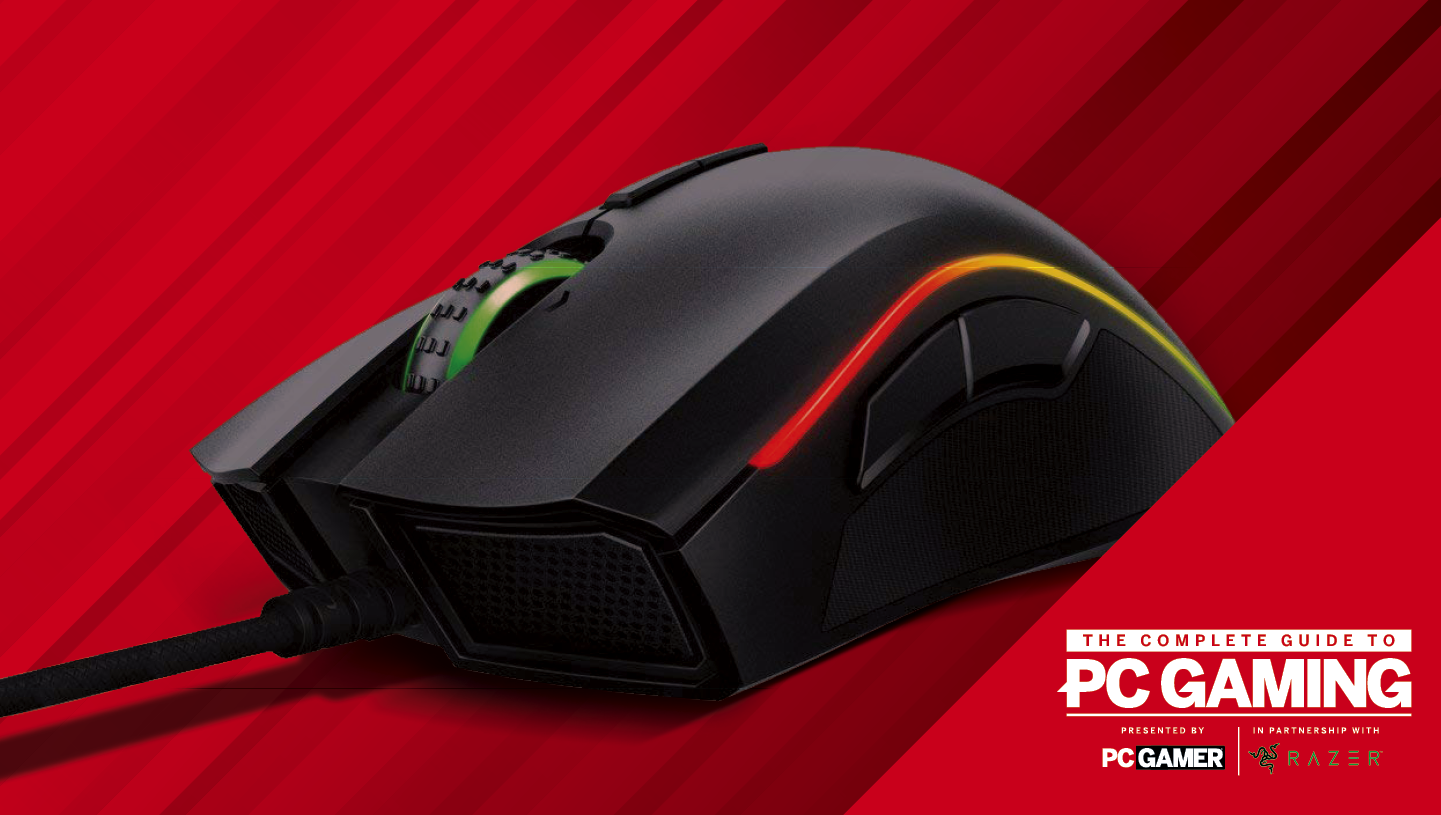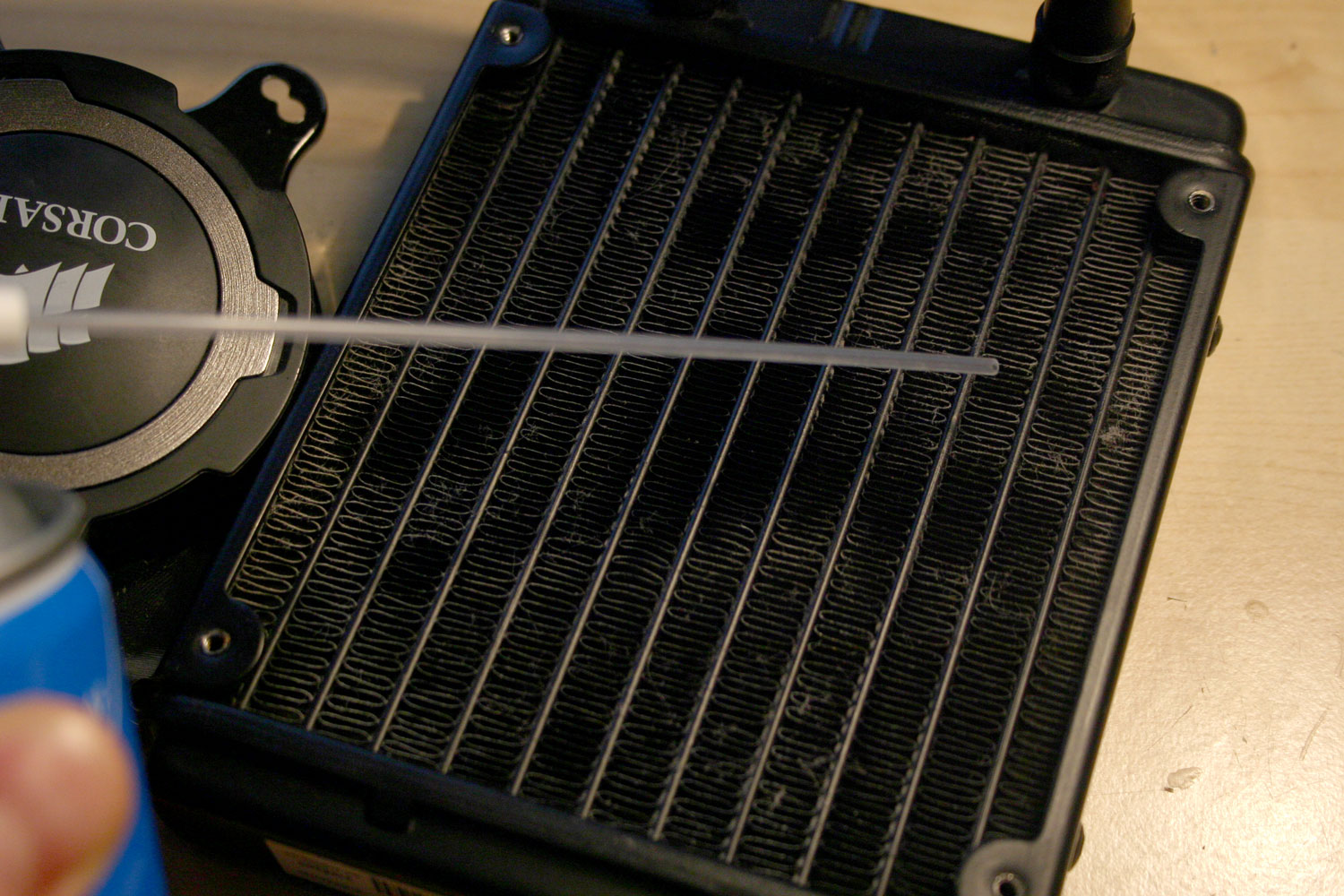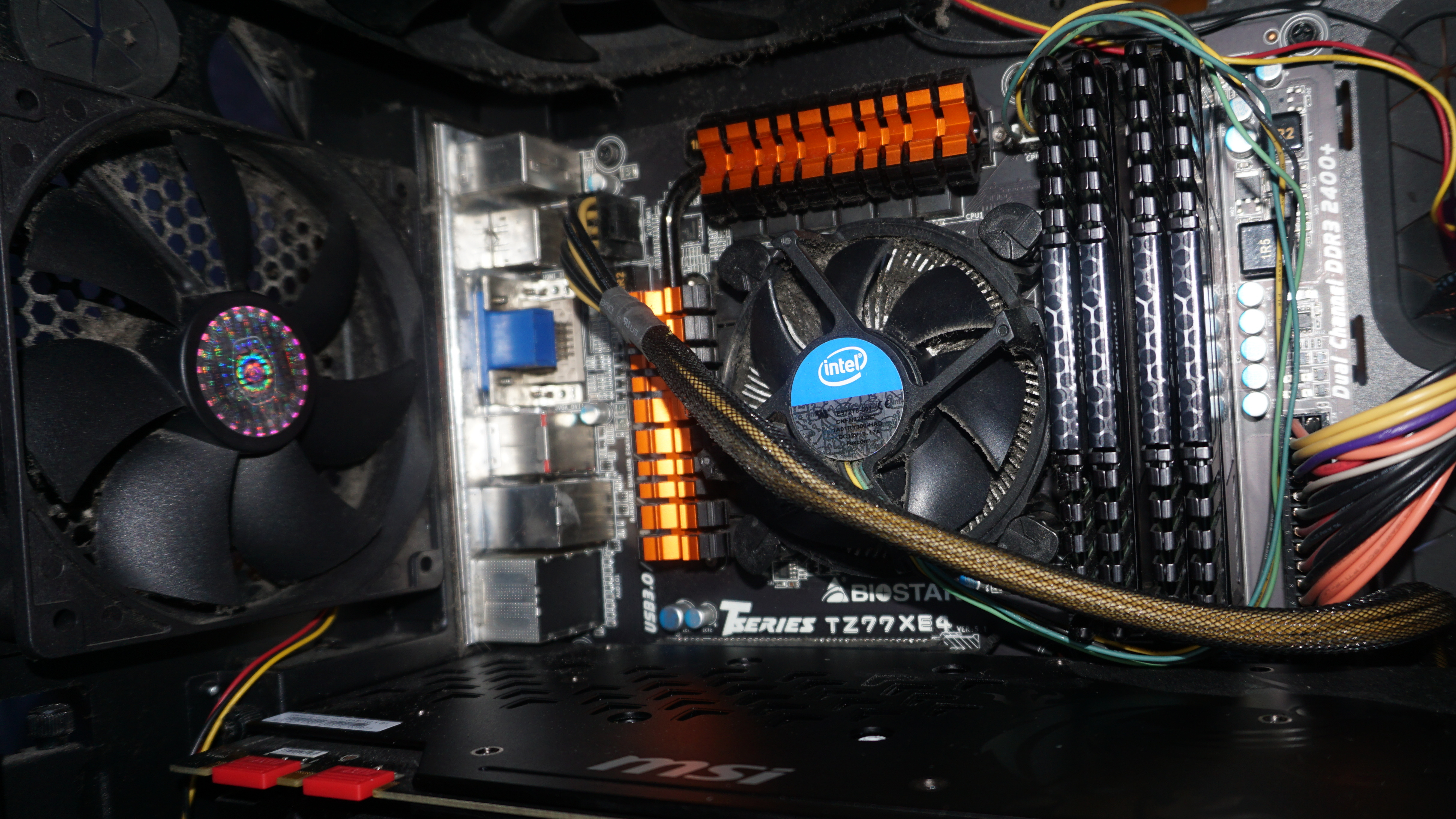How To Clean Your Pc Without Compressed Air
How to clean your computer

You can configure your fans however you like, use as many dust filters as you can, and make sure your PC is well away from carpets and floor-bound fluff, but at some point, the inside of your case is going to get dusty. You can't escape it, and it's a good idea to clean your PC now and then if you want to keep your components' temperatures manageable. Here are the methods we use to safely and thoroughly clean out our computers.
How to clean dust from your PC
The Complete Guide to PC Gaming

PC Gamer is going back to the basics with a series of guides, how-tos, and deep dives into PC gaming's core concepts that we're calling The Complete Guide to PC Gaming. There's much more to come, and it's all being made possible by Razer, which stepped up to support this months-long project. Thanks, Razer!
The most important thing to consider when cleaning your case is that we want to make it possible for cool, fresh air to get into the case and hot air to get out. If dust filters are clogged or there's excess dust collected around the heat sinks, that's not going to be possible and your system could overheat.
To counter that, you want to do everything you can to eliminate dust and leave your system fresh and clean.
Note: Whenever cleaning your PC or its components, you need to take extra special care about static damage. Using an anti-static wristband is ideal, but if you don't have one to hand, make sure to regularly ground yourself by touching your case or PSU housing.
- Wear a dust mask or respirator if you want to avoid breathing in any of the dust and dirt you remove from your case.
- Turn off your PC and unplug the power cable from the rear. If you want to be extra safe, unplug everything.
- Move your computer to somewhere well ventilated if possible, or at least open a window or door to let fresh air into the room.
- Remove the side panels and (if possible) the front panel of your case.
- Use a lint-free cloth or can of compressed air to clean the dust from any dust filters, as well as any obvious collections in the base of the case.
- Use a can of compressed air—we don't recommend trying to blow forcefully yourself—to clean the dust from any heatsinks like your CPU or graphics card cooler.


Once you've knocked all the dust loose, use a vacuum cleaner to clean up any dust that ends up on the floor. However, don't use the vacuum directly on the interior of your case, as there is a real risk of static damage. (You could use one as a blower in a pinch, which Jarred regularly does, but don't get the tip close to sensitive components.)
If your PC hasn't been cleaned in a while, there's a good chance you have dust caked onto the fans, vents, and heat sinks. In this case, a quick dusting won't get you much further than the below picture, and you'll need to do a deep clean.

How to deep clean your PC
If you display your PC like a work of art as much as a functional tool or gaming machine, then you'll want to do more than just give it a light dusting. For that, we'd recommend removing everything from the case. That means redoing all of your cable management, draining the water-cooling loop, and unhooking all your drive caddies. The end result, though, is worth it.
Note: We still recommend an anti-static wrist band when handling any components. If you don't have one to hand, periodically touch your PC case to ground yourself.
- Remove all of your components and lay them out on a non-conductive surface. If you remove your CPU heat sink—not strictly necessary—be aware that you should remove and re-apply the thermal paste. If you're not sure how, read our guide.
- Use compressed air and a lint free cloth to blow and wipe any dust build up you can see. Pay particular attention to any crevices, plastic shrouds, and heat sinks. Thoroughly clean any dust filters too.
- To clean fan blades, hold them steady and wipe or blow each blade individually.
- If there are any fingerprint or oily marks on anything, use cotton swabs and isopropyl alcohol or equivalent to wipe them clean. Make sure to leave them to dry before putting them back together.
- Some components, like a graphics card, can get dust build-up inside a covered area. Cleaning these may require disassembling the card, which is possible if you have the right tools (small hex and Torx bits are often required).
There are certain components, like the interior of your PSU, that you aren't going to be able to clean effectively without taking it apart and voiding your warranty. Doing so can be dangerous, too. Instead, we'd recommend using a can of compressed air with a long straw attached to give it a little blast to dislodge any stubborn dust. When you next turn it on, its own fan and natural airflow should blow any loosened dust out of the rear.
When you're finished cleaning, put everything back together. Take this opportunity to do a little cable management as it can help avoid dust build up by making for a cleaner passage of air through your system.
How often should I clean my PC?
To maintain a healthy system, we recommend a light dusting at least every three to six months, or more often if you have pets or live in an especially dusty environment. For deep cleanings, every six months to a year is recommended if you want to maintain peak performance, or every couple of years at the very least to avoid any potential overheating issues.
How To Clean Your Pc Without Compressed Air
Source: https://www.pcgamer.com/how-to-clean-your-computer-case/
Posted by: varnerfroddly.blogspot.com

0 Response to "How To Clean Your Pc Without Compressed Air"
Post a Comment